Trevor Clough, Co-Founder and CEO of Digby Fine English, began a fascinating masterclass at The Drinks Business Wine and Spirit Show by explaining his motivation to make a foray into reshaping the sparkling wine glass. He described how, over the years, in painstakingly selecting the very best fruit and throughout countless sessions of blending the resulting wines, he was always thinking in the back of his mind about how best to let the purity of the unique English terroir speak from the glass. A partnership with Gurasu, a British manufacturer of premium crystal glassware with a focus on high-end and bespoke, was forged and over two years of intense research and development followed. Accompanying Trevor was Joanna Maya, Owner of Gurasu, and I think this quote perfectly sums up her approach and partnership with Digby:
“My long-time desire has been to create a perfectly beautiful and unique glass for English wine. Hence, collaborating with Digby, the luxury English sparkling wine brand, was a no-brainer. We both have common ground and shared values inspired by British heritage, the luxury industry and the pursuit of excellence. The Digby Glass by Gurasu is produced following a tradition of using only the most highly skilled glass-blowers working with a selection of the best raw materials. I strongly believe that The Digby Glass will become a design classic.”
- Joanna Maya, Owner of Gurasu Fine Crystal
The Digby English Sparkling Wine Glass by Gurasu is immediately striking in its appearance. Most noticeable is the short stem, inspired by classic Georgian crystal glassware. I must say, I wasn’t convinced by this design choice until I actually held the glass; in practice, the shorter stem gives the glass a wonderful sense of balance. Not only does it feel just right in the hand, it feels a lot less fragile than your traditional flute, despite its super-light fine crystal construction. The straight, angular sides of the glass are designed to represent the angular energy of the English terroir. The curved ridge below the rim is designed to give the aroma space and allow, in Trevor’s words, the bubbles to doughnut in the headspace. Trevor has a wonderful way with words. I sat there picturing miniature Lewis Hamiltons performing doughnuts within the glass, the bubbles mimicking the release of tyre smoke as the aromatics explode and twirl around.
With the introductions over, it was time to put the glassware through its paces. We were treated to a tasting of Digby’s flagship wine, the Digby Vintage Reserve Brut 2010. This was no ordinary tasting though, as we were to taste the same wine from four different types of glassware: the flute, the humble ISO glass, the coupe and, of course, the Digby by Gurasu glass. Beginning with the flute, a crowd of some 50 wine professionals and enthusiasts unanimously agreed that its narrow opening entirely closed off the nose. The ISO glass was an interesting one, as it both improved the intensity of the nose and also improved the wine’s presence on the palate, delivering a more rounded mousse along with a richer, more open taste profile. It was a vast improvement on the flute, but I personally detest drinking sparkling wine out of the ISO; its short, stubby form removes all the elegance and enjoyment of drinking a fine sparkling wine.
Next up was the romantic coupe, famously rumoured to be modelled on the left breast of Marie Antoinette. The coupe offers a flirtatious way to enjoy bubbles, but in practice, its suitability is very limited. For starters, the large opening of the glass gives the nose no focal point; it’s just too open so that the aromas escape and fall flat. It’s also a very cumbersome glass to handle, making it almost impossible to swirl and analyse the wine it holds. The coupe’s biggest crime, however, is how quickly it starves the wine of its effervescence. The vast surface area of the glass prompts a fast release of bubbles, resulting in a flat and lifeless wine when left in the glass for any significant period of time. With that said, the coupe does hold its own place in sparkling wine glassware. I like to use it for my first glass of English sparkling on Christmas morning, and it definitely holds its place in one of those parties where extravagance and statement are called for.
Finally, it was then time to taste Digby Vintage from the Digby glass. It was now a good twenty-five minutes since the wine was poured, and my concern, especially after the coupe experience, was that our opinion may be distorted negatively by this time lapse. I was wrong as, to my surprise, the wine was still incredibly lively, demonstrated by the fine mousse still resting on the surface of the wine. On the nose, the glass echoed the impressive openness and focus of the ISO glass. Opulent aromas of baked apple, mature stone fruit and intense yeasty complexity rose prominently from the glass. Trevor’s doughnuts were clearly doing their job! The glass’s biggest triumph was the way it presented the wine to the palate. It was an absolute joy to drink from, and despite being the last glass that we tasted from, the bubbles were the most pronounced. I also noticed that the wine kept its chill best in this glass, owing to a combination of reduced surface area and the uber-thin high-technology crystal glass.
The masterclass concluded with a tasting of the remaining wines within the Digby range: the sprightly Non Vintage Brut, the jubilant Leander Pink Non-Vintage Rosé and the new 2014 Vintage Rosé Brut. I had tasted the full range of the wines about an hour prior in the main tasting room from a Riedel Riesling glass. Now presented in the Digby by Gurasu glass, each and every wine felt more nuanced and lifted. The Vintage Rosé was a particular highlight, though still a baby compared to Digby's previous vintage rosé (2009). This wine was a standout thanks to its bright, distinguished red berry character, enveloped with subtle complexities of winter spice and toasted brioche.
Once again, Digby has proved that, not only does it have a very firm grasp of aesthetic and design, but also an approach firmly rooted in precision and the pursuit of excellence. As a lover of fine glassware, I can see the Digby by Gurasu glass becoming a new staple in both my analysis and personal enjoyment of English sparkling wine. I was so impressed that I proceeded to purchase a couple of glasses on the spot.
The Digby by Gurasu English Sparkling Wine Glass retails for £32.50 and is available to order directly from the Gurasu website and the Digby website and will soon be available from Harvey Nichols stores and online. A special gift set consisting of two glasses and a bottle of the Digby Flagship Vintage Reserve Brut 2010 is also available for £100 from the Digby website and Harvey Nichols.

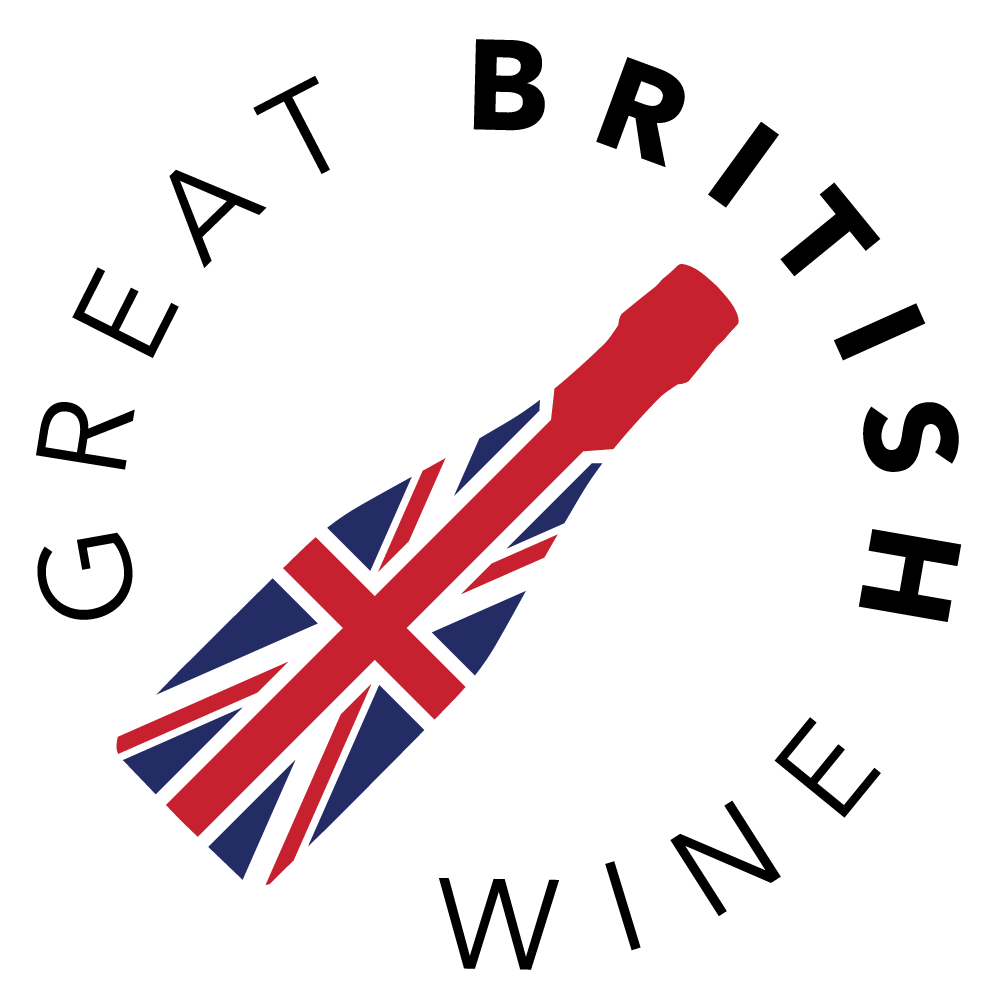
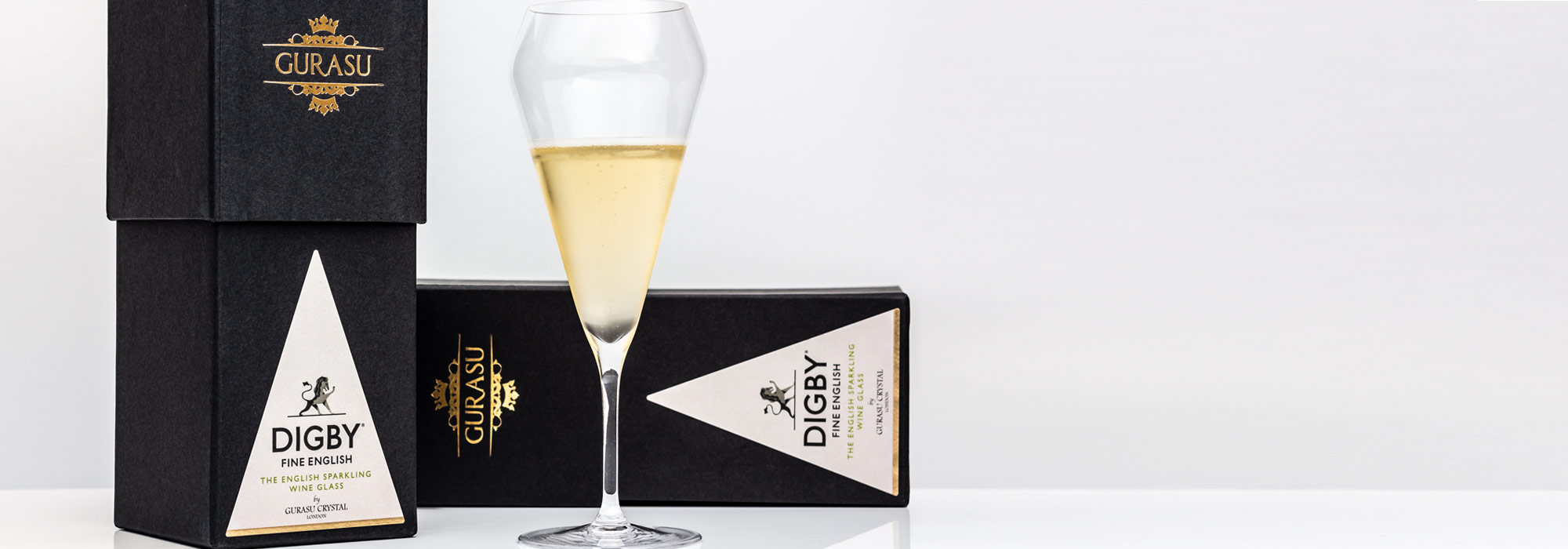

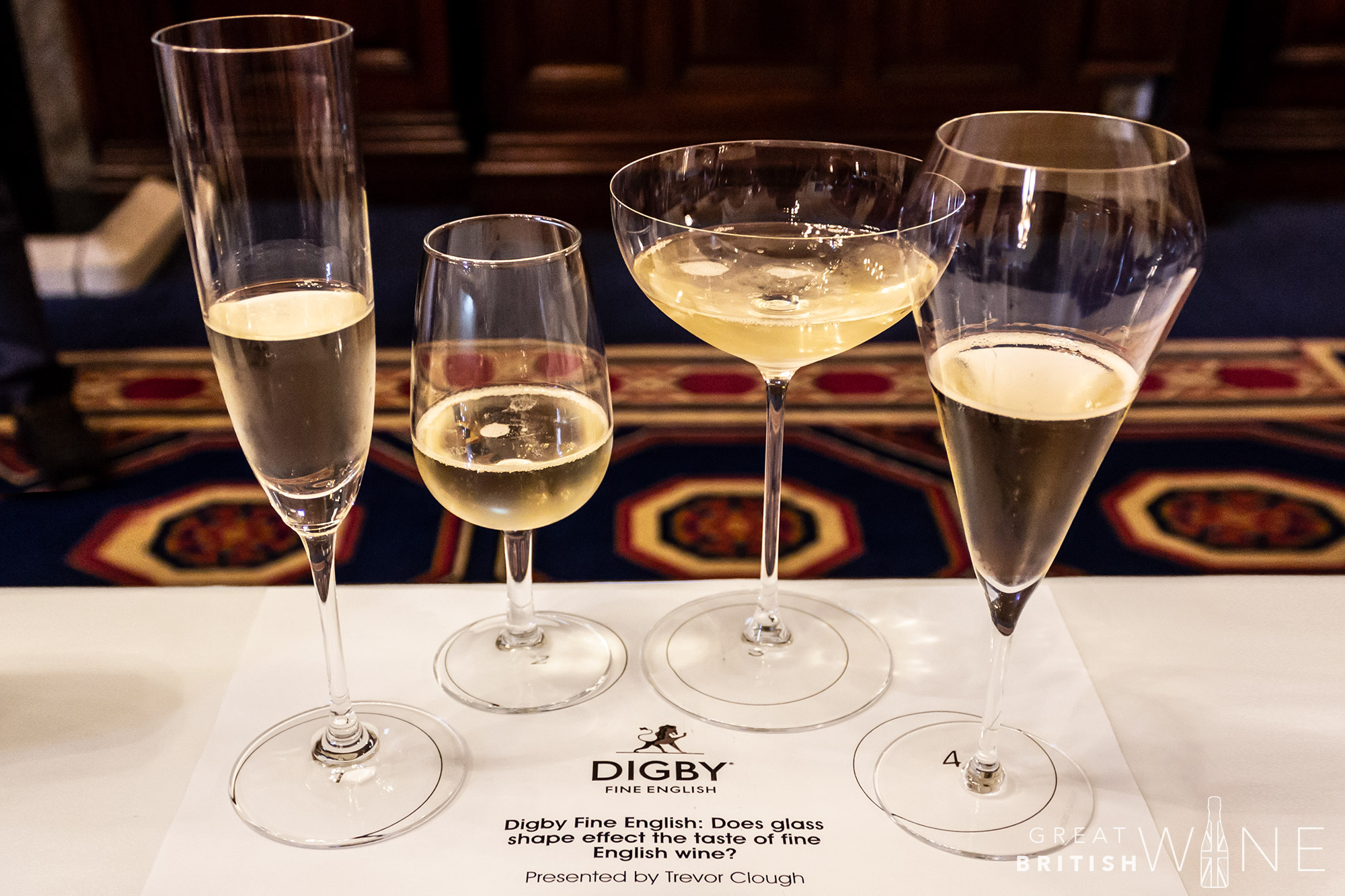
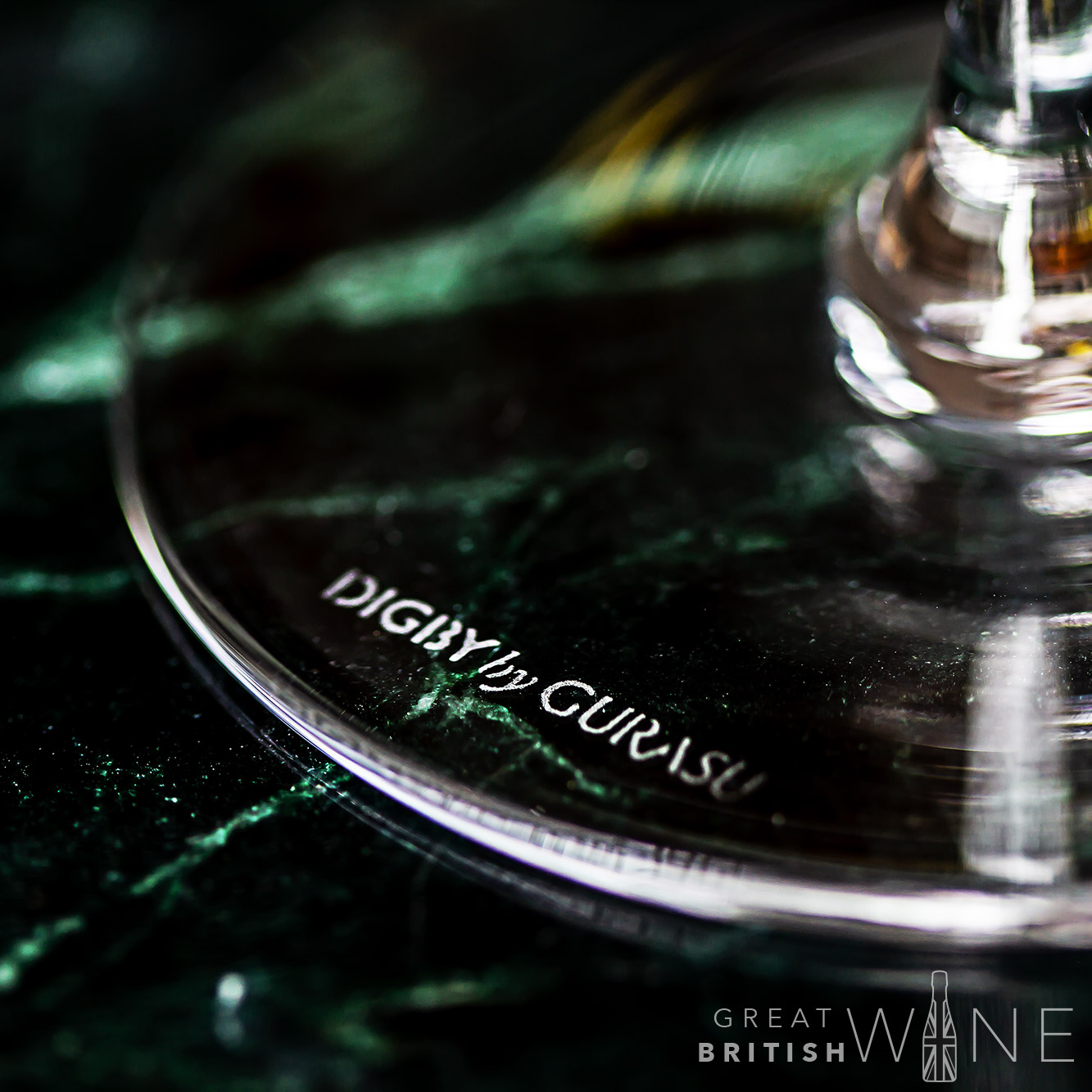
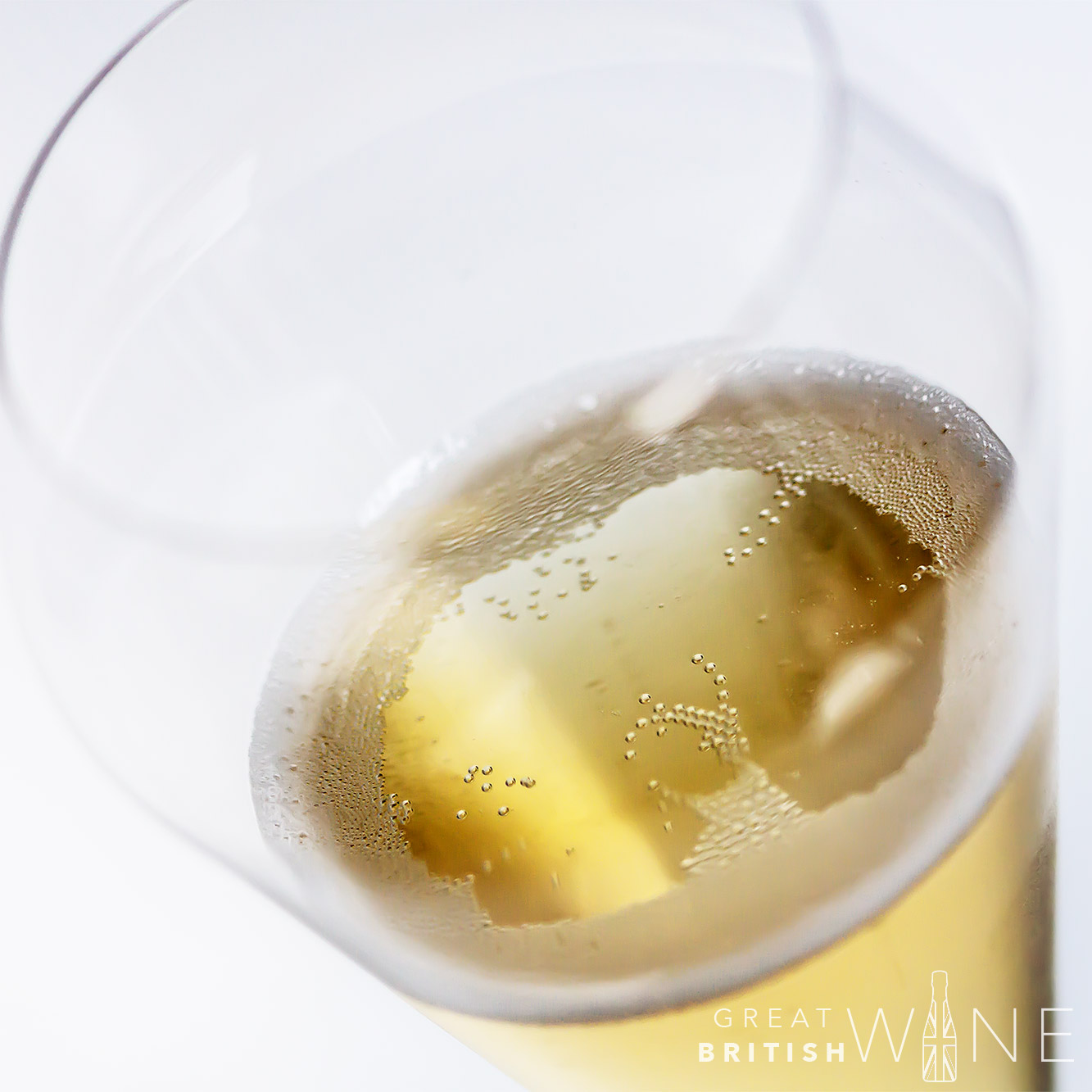
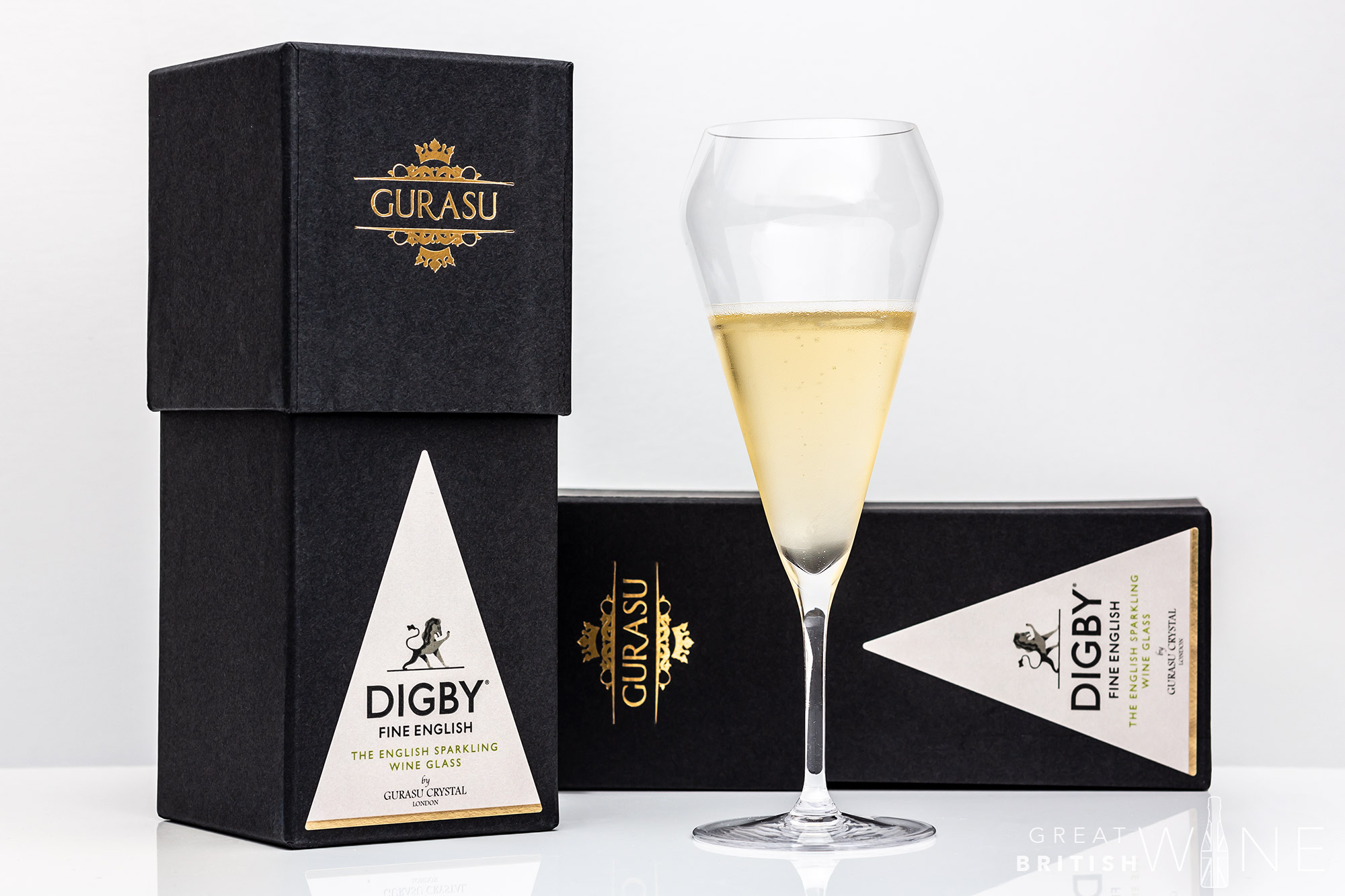
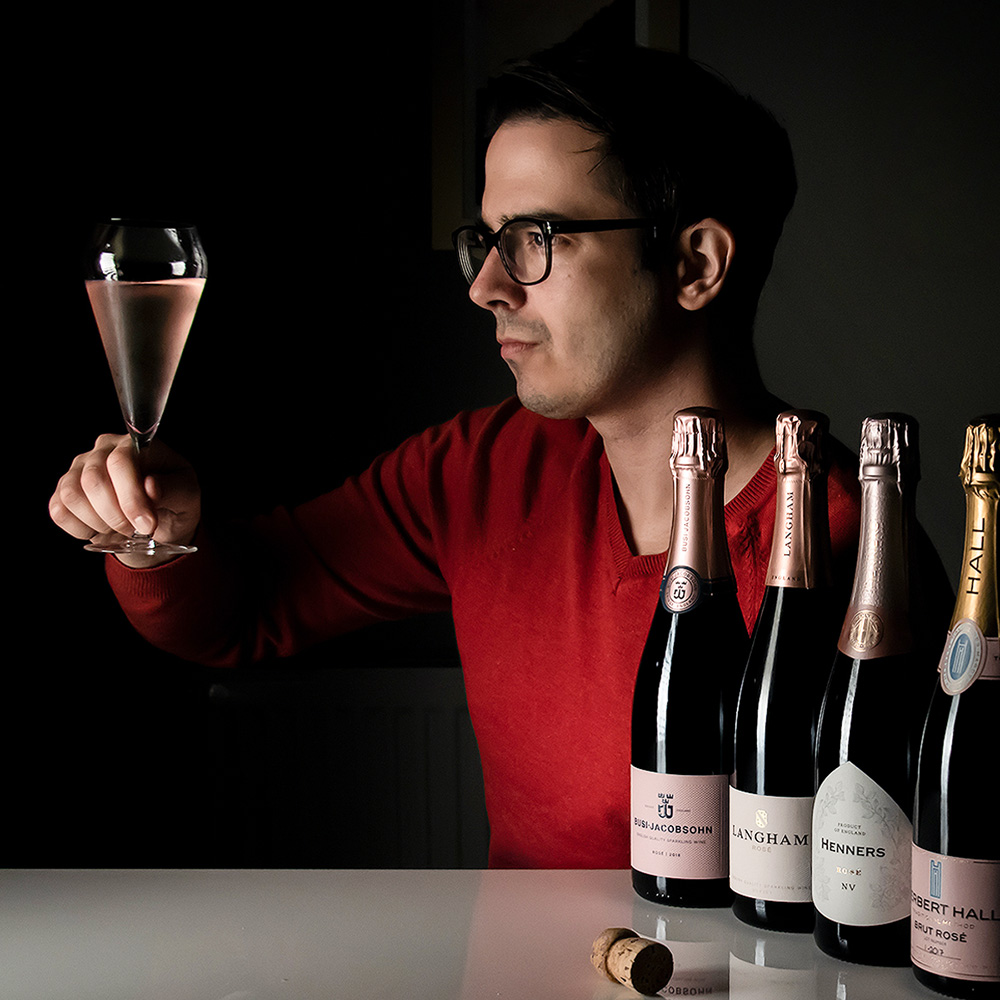
Pingback: The Great British Wine October 2018 Round-up – Great British Wine